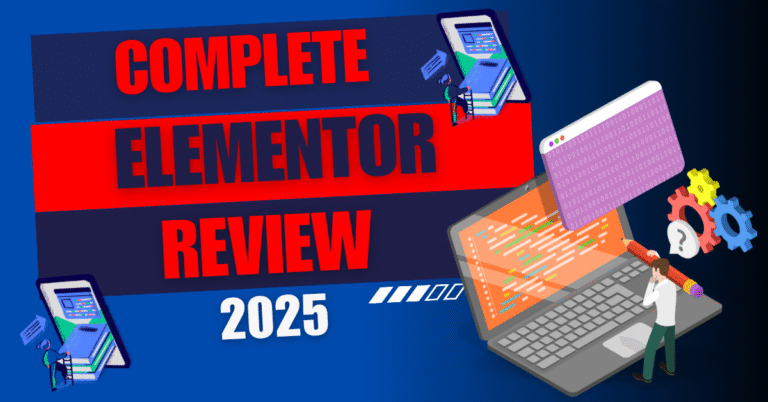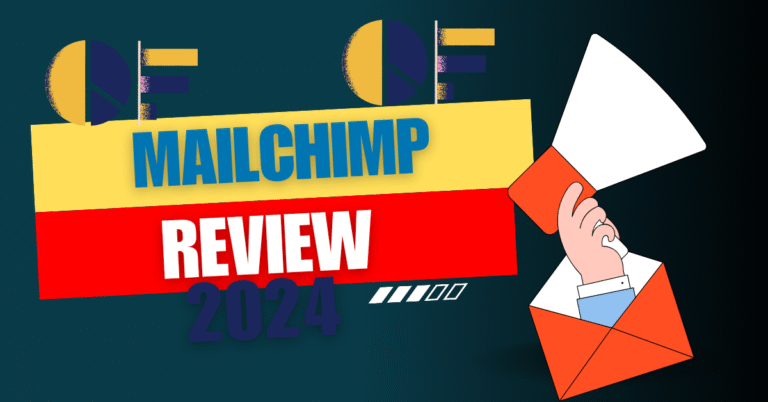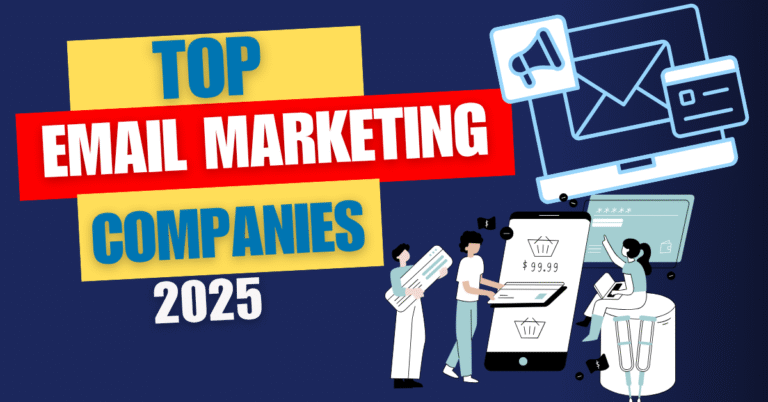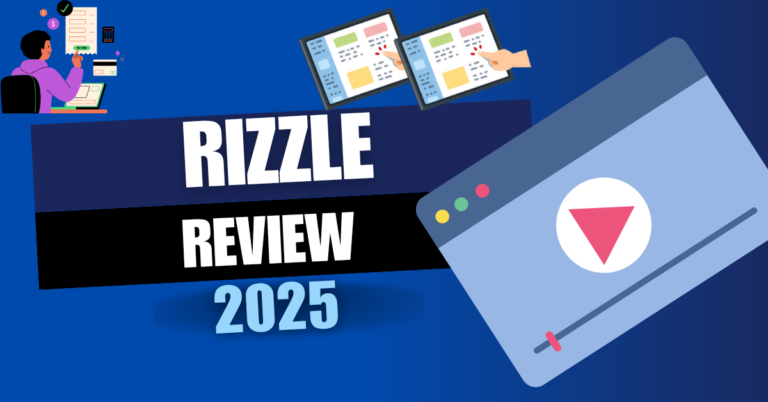When you purchase through our links, we earn commissions at no extra cost to you.
In today’s digital age, where every click counts, email marketing is one of the most successful strategies for businesses to strengthen client relationships and generate sales. Despite the growth of digital marketing channels like social media and others, email marketing continues to give a high return on investment (ROI), with an average gain of $36 for every $1 spent.
Let’s talk about email marketing and how it can help you grow your business. This article will teach you all you need to know about email marketing, including what it is, its advantages and disadvantages, how it works, and the best practices to follow when running efficient campaigns.
What is email marketing?
Email marketing is a type of direct marketing that uses emails to promote the products and services offered by companies and businesses. It’s a strategic tool for building relationships with your consumers, keeping them engaged between transactions, and eventually driving more sales, not only sending promotional messages to a large audience.
At its foundation, email marketing requires you to send targeted messages to subscribers who have signed in to receive messages from your company. These types of communications can serve a variety of purposes, such as promoting new products and services to increase sales, offering promotions, and more. What makes email marketing so effective is its ability to interact with your complete digital marketing plan, adding a personalized touch that other platforms might not have.

Types of Email Marketing with Example
There are many different types of email marketing, each with a distinct objective to attract your audience in various ways. Here are a few of the most popular types:
Welcome emails
When a new consumer subscribes to your newsletter or creates a new account on your website, a welcome email is the best way to introduce them to your business. These emails aim to leave an excellent first impression and may include a special offer, such as a discount on their first purchase or a free trial of your service.
Example:
“Welcome to [your company name]! As a thank you for joining our community, receive 10% off your first purchase. Use the coupon WELCOME10 at checkout. We are happy to have you with us.”
Newsletter emails
Newsletter emails are an essential component of email marketing, allowing you to communicate with your target audience regularly. Usually, there will be a call to action to move the reader to do something like purchasing new products, reading about business news or new blog posts, and other updates.
Newsletters are an excellent way to keep your readers engaged over time and frequently contain a variety of content.
Example:
“We’re thrilled to present our newest product, offer some advice on how to make the most of your purchases, and give you a preview of our next sales event in this month’s email. Don’t miss out!”
Promotional emails
The goal of promotional emails is to increase sales by presenting exclusive offers, discounts, or time-limited promotions. These emails are intended to convey a sense of urgency and are typically delivered to a large audience.
Example:
“Our summer sale is here!” Get up to 50% off your favorite products for a short period. Shop immediately before these discounts disappear!”
Dedicated emails
Dedicated emails are delivered to a subset of your email list depending on specific criteria such as recent purchases, inactivity, or unique interests. These customized messages are intended to speak directly to the needs and behaviors of a specific segment of your audience.
Example:
“We have something special just for you—it’s been a while since we last heard from you. Use the coupon COMEBACK15 at checkout to receive 15% off your next purchase. We would love to see you again!”
Invite emails
Invitation emails are used to announce upcoming events, seminars, product launches, and other important occasions. The purpose of these emails is to generate interest and encourage participation or attendance.
Example:
“Join us for an exclusive look at the launch of our newest product!” By RSVPing today, you will be among the first to experience [product name]. We’re happy to meet you there!”
Lead nurturing emails
Lead nurturing emails are intended to guide customers through your sales funnel by providing them with useful information based on their interests. These emails are often sent in series, with each one building on the previous one to encourage the recipient to make a purchase.
Example:
“I appreciate your interest in [the product name]. In this series, we’ll talk about how [product name] can meet your specific requirements. Stay tuned for exclusive insights and exceptional deals tailored to you.”
Transactional emails
Transactional emails are essential in email marketing; they are automatic messages that are sent out in response to particular activities taken by your consumers, such as completing a purchase, changing their account information, or resetting their passwords. By ensuring that clients receive crucial information about their transactions, these emails contribute to the development of consumer trust and improve the client experience in general.
Example:
“Thank you for your purchase!” Your order, [#12345], has been confirmed and is being processed. You may expect items to arrive by [date]. You can track your order here. If you have any questions, we are here to help.”
Survey emails
Survey emails are delivered to get feedback from your consumers. These emails demonstrate that you respect your consumers’ feedback and can provide useful information to help improve your products or services.
Example:
“We’d love to hear from you! Please take a moment to complete our client satisfaction survey. Your feedback helps us improve and provide you with the best experience possible.
Also, check out this must-read: Content Marketing (2024): Definition, Types, and How to Get Started With
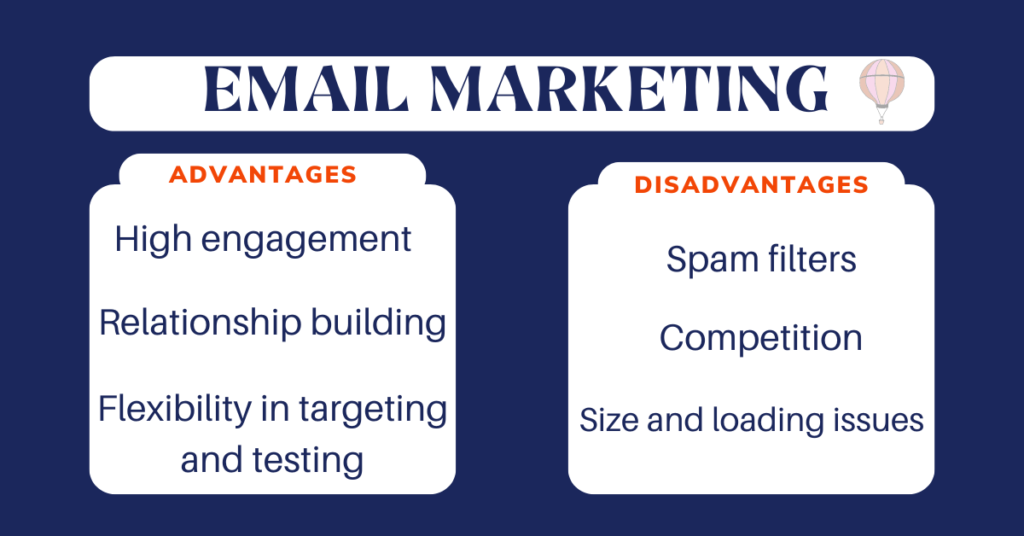
Advantages and Disadvantages of Email Marketing
Advantages of email marketing
- High engagement: Emails offer a direct path to your target audience, with better engagement rates than other marketing methods. Because emails remain in the inbox until they are read, deleted, or archived, they naturally elicit some response from the receiver.
- Relationship building: Email marketing helps you develop a relationship with your target audience over time. By distributing quality information regularly, you may nurture leads and convert your prospects into loyal customers.
- Flexibility in targeting and testing: Email marketing solutions enable you to segment your audience and send targeted messages to certain groups. You may also do A/B testing to see which subject lines, content, or call-to-actions work the best, allowing you to customize your campaigns for better results.
Disadvantages of email marketing
- Spam filters: Avoiding spam filters is one of the most challenging aspects of email marketing. If your emails are classified as spam, they may never reach their intended recipients’ inboxes. It is essential to follow best practices to guarantee that your emails are successfully sent.
- Competition: With many companies using email marketing, your messages may be missed in a crowded inbox. To stand out, invest in compelling language, eye-catching design, and meaningful content that engages with your target audience.
- Size and loading issues: Large emails with large photos or videos may take longer to load, frustrating receivers and leading to greater bounce rates. It is critical to optimize your emails for fast loading speeds, particularly for mobile readers.
Best Practices and Tips for Email Marketing
Create eye-catching subject lines.
The subject line is the first thing your recipient will see; therefore, make it count. A great subject line may dramatically boost email open rates. Focus on writing subject lines that are interesting, relevant, and customized to the recipient. For example:
- “Exclusive Offer Just for You, [Name]!”
- “Don’t Miss Out! ” There’s a 24-hour flash sale inside.”
- “Your Ultimate Guide to [Product/Service]”
Intentionally structure your message.
Given that the average time a recipient spends reading an email is only 10 seconds, it’s critical to format your message properly. Begin with the most critical information at the top and make the text scannable using bullet points, brief paragraphs, and clear headings. Always include a clear call-to-action (CTA) that takes the reader to the next step, whether it’s completing a purchase, registering for an event, or visiting your website.
Only email people who opted into your list.
Sending unwanted messages to individuals who have not subscribed to your list is not only ineffective, but it may also harm your brand and create legal consequences. Make sure that every one of your subscribers has permitted you to receive emails from you. A two-fold opt-in procedure, in which subscribers affirm their interest following their first sign-up, might do this. This raises engagement rates and aids in maintaining a high-quality email list.
Keep tabs and do tests.
Email marketing is not a “set it and forget it” technique. Continuously evaluate the effectiveness of your campaigns and make modifications based on what you find. Key metrics to monitor include open rates, click-through rates, and conversion rates. Running A/B testing on different email components, such as subject lines, CTA buttons, and content layouts, may help you establish what works best for your audience and optimize your strategy over time.
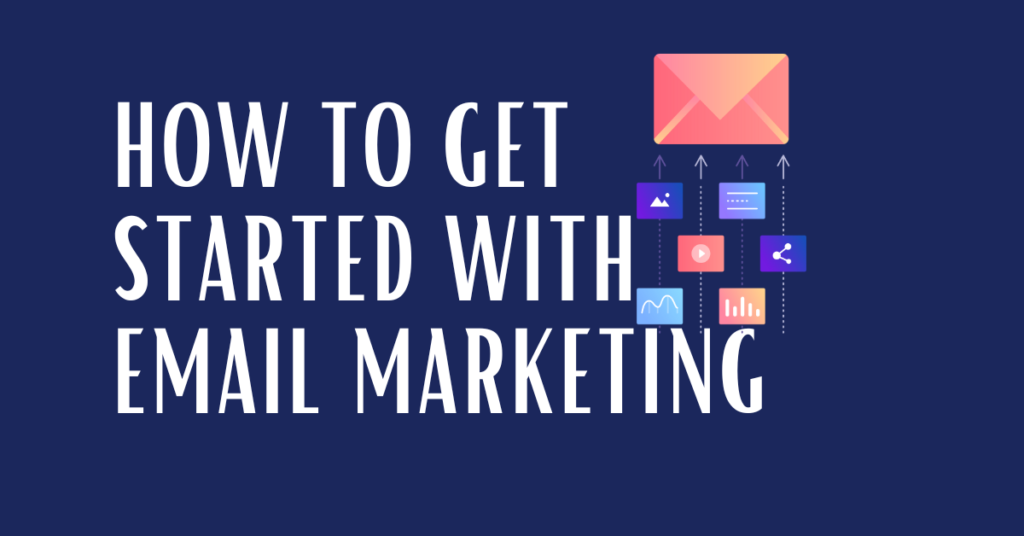
How Do You Get Started with Email Marketing?
Define your goal
Before going into email marketing, make sure you have defined campaign objectives. Defining your aim shapes the whole plan, ensuring that each email you send is meaningful and in line with your company’s objectives.
Why is it important? Your aim will influence the sort of content you generate, the demographic that you target, and the measures you use to evaluate success. Whether you want to enhance brand exposure, generate sales, nurture leads, or improve client retention, having a clear aim can help you focus and be productive.
Choose an email service provider (ESP)
Having an Email Service Provider (ESP) in place is crucial for successfully managing promotional emails. With the help of ESPs, running successful campaigns is made simpler with tools like segmentation, automation, analytics, and list management. Mailchimp, ConvertKit, and Get Response are among the most popular ESPs, each with its own set of features and price choices to meet the demands of different companies.
Set up your first campaign
Once you’ve decided on an ESP, you may create your first email campaign. Begin by identifying your campaign’s goal—whether it’s to promote a new product, increase visitors to your blog, or nurture leads. Then, build a targeted email list, write the email content, and design the layout. Before sending, test your email on several devices and email applications to verify it looks OK to all recipients.
Monitor and optimize your campaigns
After you send your email, use the analytics tools supplied by your email service provider to track how well it performs. Track data such as open rates, click-through rates, and conversions to determine the performance of your campaign. Use this data to improve future emails, whether by changing your subject lines, timing, or content.
Conclusion
Email marketing is a potent tool for increasing revenue, brand exposure, and client loyalty. Understanding the various sorts of emails, harnessing their advantages, and adhering to best practices will allow you to design effective email marketing campaigns that resonate with your audience and contribute to the growth of your organization. Whether you’re just getting started with email marketing or want to improve your strategy, the key is to be persistent, track your outcomes, and constantly adjust your approach. Begin using email marketing today, and watch your business grow!
Important links:




